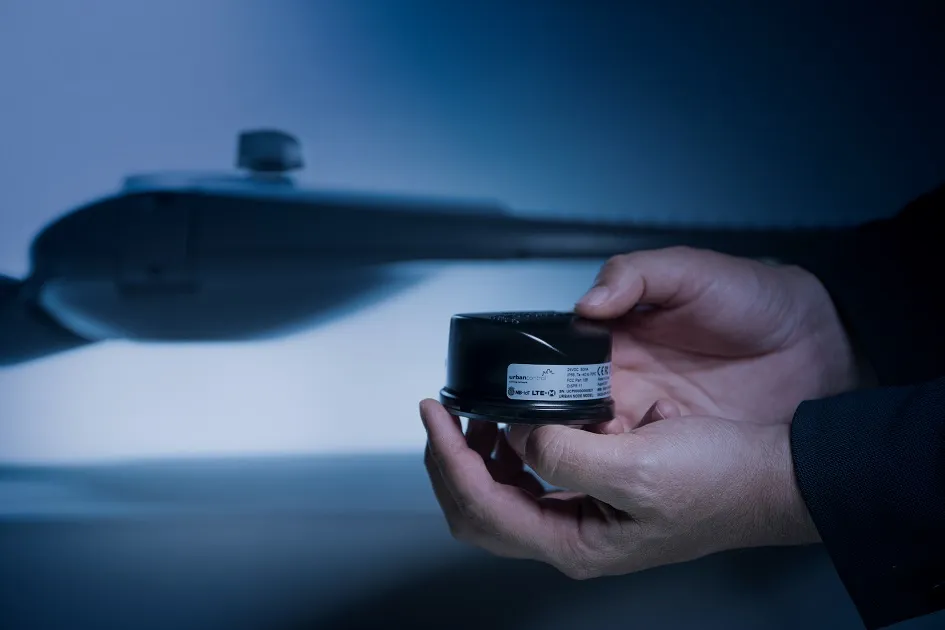A joint pilot project involving Kapsch CarrierCom, Bombardier and Linz AG Linien has demonstrated machine to machine (M2M) communication for use in the urban transport sector.
The solution developed by Kapsch was installed in a number of Linz AG Linien trams in collaboration with the manufacturer Bombardier. The trams are equipped with numerous sensors, which measure various parameters. The data is transmitted to the operations control centre in real time and continuously analysed, enabling the tram oper
February 13, 2014
Read time: 2 mins
A joint pilot project involving 81 Kapsch CarrierCom, 513 Bombardier and Linz AG Linien has demonstrated machine to machine (M2M) communication for use in the urban transport sector.
The solution developed by Kapsch was installed in a number of Linz AG Linien trams in collaboration with the manufacturer Bombardier. The trams are equipped with numerous sensors, which measure various parameters. The data is transmitted to the operations control centre in real time and continuously analysed, enabling the tram operator to implement both short- and long-term measures that contribute to a more efficient use of energy, a reduction of the operating costs, and a higher degree of comfort for the passengers.
According to Kapsch CarrierCom, the system is modular and ready to be used by other urban transport organisations, including buses or light rail systems, while Linz AG Linien says that in addition to a reduction in energy costs, the M2M solution provides them with significantly better information about the condition of the vehicles, enabling them to carry out maintenance work in a far more targeted way.
The solution developed by Kapsch was installed in a number of Linz AG Linien trams in collaboration with the manufacturer Bombardier. The trams are equipped with numerous sensors, which measure various parameters. The data is transmitted to the operations control centre in real time and continuously analysed, enabling the tram operator to implement both short- and long-term measures that contribute to a more efficient use of energy, a reduction of the operating costs, and a higher degree of comfort for the passengers.
According to Kapsch CarrierCom, the system is modular and ready to be used by other urban transport organisations, including buses or light rail systems, while Linz AG Linien says that in addition to a reduction in energy costs, the M2M solution provides them with significantly better information about the condition of the vehicles, enabling them to carry out maintenance work in a far more targeted way.










